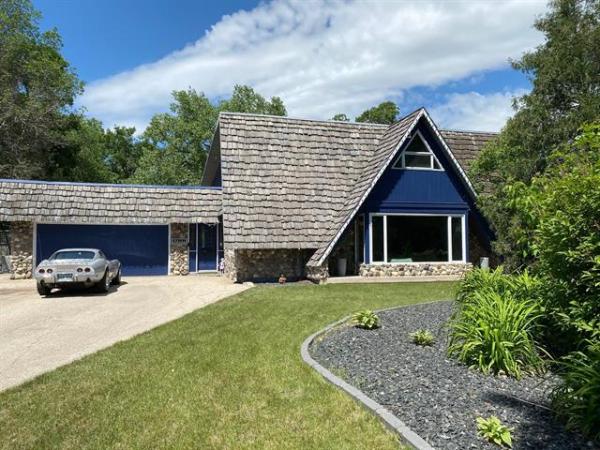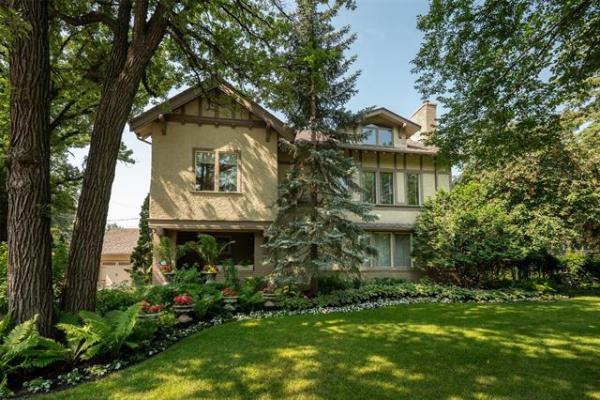The second trend in wallcoverings is directly connected to the move toward adding texture -- this is huge in all areas of fashion, including what we are putting on our walls. Specialty embossed wallcoverings Anaglypta (heavy paper) and Lincrusta (petroleum based) have been around for years, very popular in England where they are holding up half the walls. Today's embossed wallpapers are lighter and easier to apply, but they still provide all the benefits. Textured or embossed wallpaper is a perfect solution for covering small cracks and imperfections on walls that would show under a painted finish. Also, the texture adds dimension and architectural interest to new rooms. The patterns on these papers can emulate bead board, embossed tin, weaves and stucco. The papers are paintable, which provides you with the option of applying a solid colour or accentuating the pattern with a rubbed finish.
Embossed paper is versatile and durable. Apply it above a chair rail in the living or dining room, as a backsplash in the kitchen (varnish to protect), you can even cover a chest of drawers for an inspired decorative touch. It can be repainted for a whole new look. The nursery shown here could go from pink to green as your baby grows into a young nature lover.
Undoubtedly, papering a room is more expensive than simply painting. The cost of a professional paper hanger can be the same as the actual price of the paper. Here's what you need to know to do it yourself -- not so difficult with some practice. Walls should be properly prepared before you hang the paper so that it adheres well and can be removed easily when the time comes to decorate again. Wipe down walls to remove any dirt or grease, which will impede adherence. Sand walls if the surface paint is glossy. Fill cracks and nail holes and sand smooth. Prime over repairs. Apply a coat of wallpaper size; this step is most important so that the paper will come off without pulling plaster or drywall with it. New drywall or plaster walls require a sealer/prime coat, then size.
Measure the walls in three or four spots. You will discover that the height varies slightly. Cut your strips the maximum height plus 2 inches top and bottom for overlap. Match patterns before you cut. Use a plumb line as a guide for your first strip so that it is hanging straight. Don't use a corner as a guide. Start hanging your paper in the most inconspicuous place, such as behind a door, so that any mismatching will not be noticeable.
Work with a buddy and you'll have fun.
Debbie Travis' House to Home column is produced by Debbie Travis and Barbara Dingle. Please email your questions to house2home@debbietravis.com.



